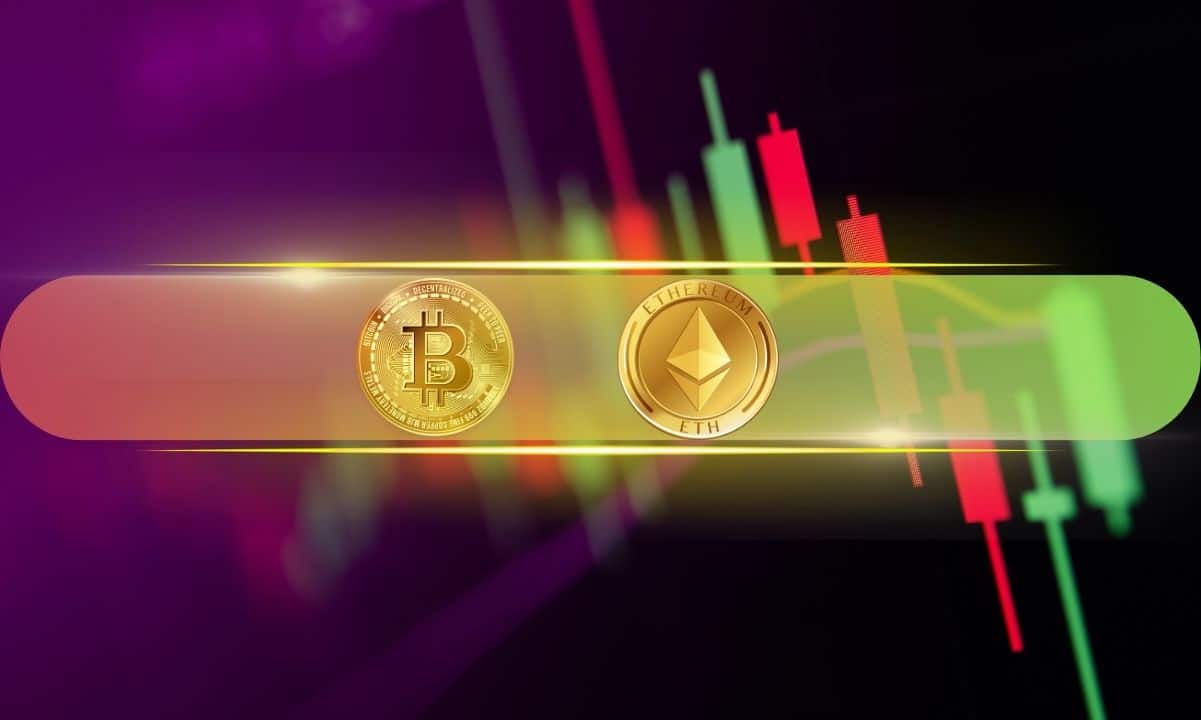On-chain data suggests the Bitcoin “Miner Price” metric has fallen under the BTC Electrical Cost. Here’s what happened next the last few times.
Bitcoin Miner Price Has Declined Below Electrical Cost For Fifth Time Ever
In a new post on X, Capriole Investments founder Charles Edwards has pointed out a development that has recently occurred in the situation of the Bitcoin miners.
There are two relevant indicators here: Electrical Cost and Miner Price. The first measures the total daily cost that miners have to incur in electricity bills to mine 1 BTC.
The second one, the Miner Price, keeps track of the revenue that 1 BTC provides to the miners. This cohort earns their mining revenue through two modes: the block rewards and the transaction fees.
The former is paid out in BTC at a more or less constant rate, so its value is only dependent on the cryptocurrency’s price. As such, a single token from the block rewards would contribute a value equal to the current spot price to the miners’ total revenue.
The transaction fees don’t work so simply, as their value reflects the amount of traffic the network receives. The fees tend to stay low in times of little activity, as users don’t have much incentive to attach high amounts.
During periods of congestion, though, the network prioritizes only the high-fees transactions, as there is only a limited capacity to handle transfers. Thus, senders don’t have a choice of paying a low fee if they want their moves through in a reasonable amount of time.
Since the Miner Price considers the total revenue contributed by just 1 BTC, the transaction fees associated with 1 token would be required. Edwards’ metric has divided the total transaction fees by the total amount of BTC being mined.
This is because the transaction fees are only given out by the Bitcoin network alongside the block rewards when the miners add the next block to the chain (with this fee naturally being the amount the transactions contained within the block had paid out to the network).
Thus, this fee revenue could be assumed to be associated with the BTC amount given out in the block rewards alongside them (at present, this is 3.125 BTC). As such, the revenue associated with just one 1 BTC would be the ratio of the fees to this number.
Now, here is a chart that shows the trend in the Bitcoin Electrical Cost and Miner Price over the last decade:
The graph shows that the Bitcoin Miner Price has recently declined under the Electrical Cost, meaning miners aren’t making enough revenue from 1 BTC to pay the electricity costs needed to mine it.
The analyst has highlighted the previous instances of this rare trend in the chart. The cryptocurrency’s price appears to have observed some sharp bullish momentum whenever the miners have been under such distress.
It now remains to be seen how Bitcoin will behave in the future, given that the asset has once again witnessed this trend.
BTC Price
Bitcoin had surged above the $66,000 level earlier, but the asset appears to have retraced some of this recovery as its price is now trading around $64,800.





